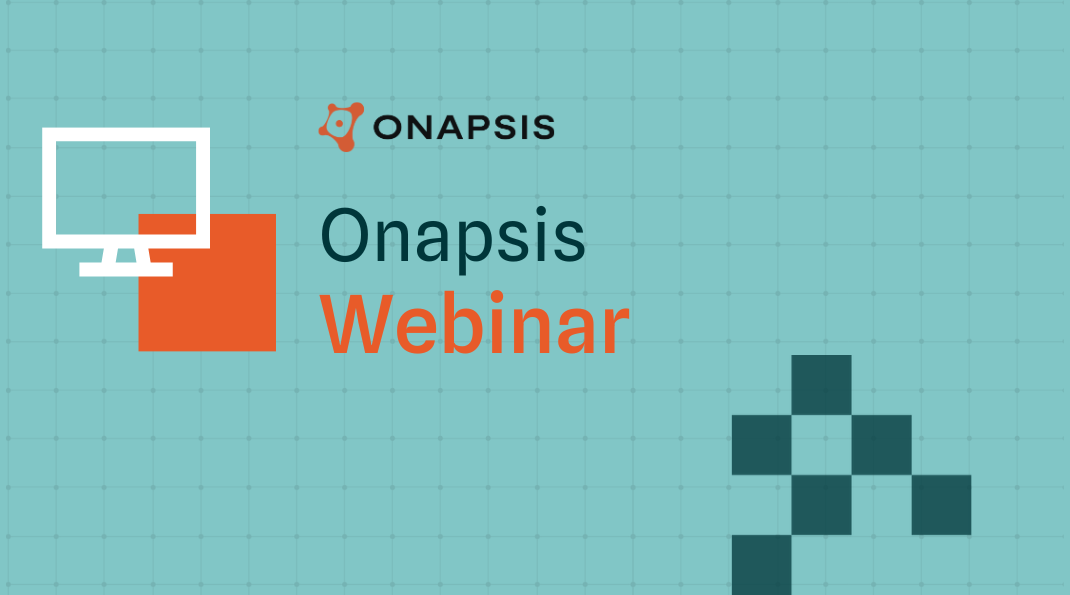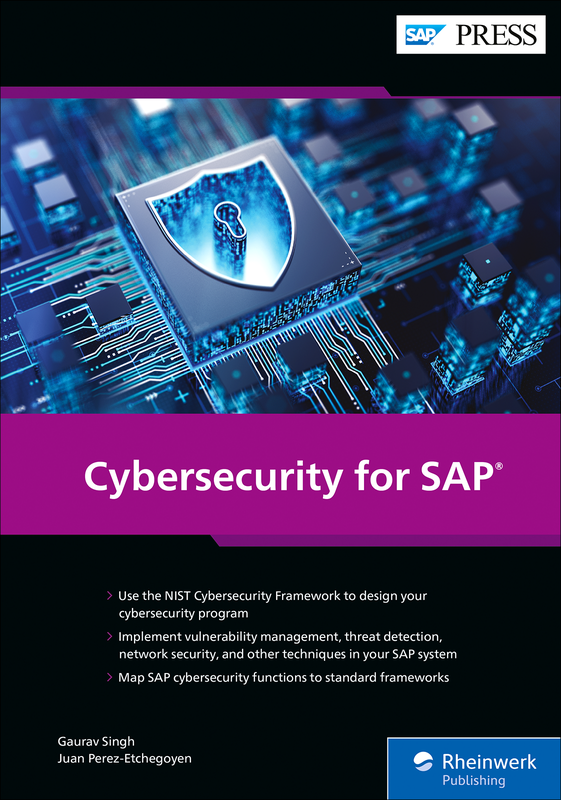12 Days of AppsMas: What Does ‘The Great Reshuffle’ Mean for Your Company’s Business-Critical HCM Application Security?

One of the defining parts of 2021 was ‘The Great Reshuffle’, as people across the globe fine-tuned a better work-life balance and made deliberate choices as to where their careers were headed next. Talent and HR teams weren’t the only functions responsible for managing this workforce migration; IT and security teams have been faced with a litany of infrastructure and cybersecurity challenges.
In addition to provisioning and deprovisioning users en masse — often remotely — to ensure and monitor appropriate access and use of enterprise systems, IT and security teams have also had to manage and secure the influx of highly sensitive personal data that comes with a migrating global workforce. This valuable personnel data lives within a human capital management (HCM) system. ‘The Great Reshuffle’ puts a spotlight on how important it is for organizations to secure their business-critical HCM applications.
What is HCM?
Human Capital Management provides a framework to transform the traditional HR functions (recruiting, training, payroll, benefits, performance management and compliance) into opportunities to lead organizational change and drive business value as a strategic partner.
Human Capital Management controls the trinity of talent acquisition, management and optimization – and is at the center of removing barriers to digital transformation. By delivering actionable insights and enabling data-driven decision-making, HCM applications empower progressive HR leaders to align HCM processes with the strategic vision and mission of the organization without the need to be a data scientist.
Why do you need a HCM cybersecurity strategy?
HCM data is highly prized and often the most vulnerable to attack
HR records contain highly sensitive, personally identifiable data, such as social security numbers, dates of birth, bank details, home addresses, medical information, salary details, and more. Whether it’s an attack on government agencies, such as the Office of Personnel Management (OPM) breach, or private industry, such data is in the cross-hairs for a variety of nefarious reasons. If compromised, odds are that it will be lucrative for the attackers, but devastating for the employees and the organization.
Research from Code42 shares that companies are facing a heightened threat of data exposure and insider risk due to The Great Reshuffle. Given HCM applications were already a primary target for cybercriminals, a security strategy specific to such a business-critical application is all the more imperative.
Compromised HR data can jeopardize recruiting the best talent
Data-driven analytics can help you win the talent war. But what if hackers are lurking in the HCM system? Sabotaged data can lead to bad hiring decisions, resulting in increased costs and competitive disadvantage. Equally serious, unauthorized access to the HCM system can allow rival firms to learn about your star employees, enabling them to entice them away by making irresistible job offers. Being able to recruit the best possible talent is all the more important in today’s job market.
Fraudsters scheme to siphon payroll funds
Payroll is already a big expense. Add in payroll fraud, and the impact can be serious. While business email compromise is the most common approach, hacking directly into the payroll system is not to be dismissed. Such was the case when nearly half a million dollars were diverted from the city of Tallahassee’s payroll system. Beyond the risk of identity theft for employees, businesses run the risk of losing employee trust and damaging their brand image — and may face penalties and legal action.
HCM data is subject to privacy regulations and labor laws
The collection, use, storage, management, and transmission of employee data is governed by various data privacy regulations and state laws, including HIPAA and GDPR. In addition, proper retention and disposal of employee records is required to comply with labor laws such as COBRA, FMLA, EPA, etc.
Securing your business-critical HCM application is imperative as people continue to switch jobs, and enter and leave organizations. With security and compliance controls in place, IT and security teams can protect valuable data and avoid mistakes that can cause a breach.
Looking Forward: Steps to Take in 2022 for Better HCM Security
- Implement a vulnerability management program that specifically targets HCM applications: Threat actors can exploit vulnerabilities from system configurations, user settings, custom code, and missing patches to gain access to your critical SAP, SAP SuccessFactors, and Oracle HCM applications. Finding and remediating these vulnerabilities before they can be exploited is essential to protecting your environment.
- Build application security testing into development processes: Incorporating security checks into your HCM application development and change management processes allows you to find issues in the shortest possible time. Fixing issues before they hit production is typically easier and less expensive, and helps avoid negative impacts to system security, compliance, performance, or availability.
- Continuously monitor for internal and external threats: HCM applications are an attractive target for bad actors, both inside and outside the organization. Keeping an eye out for unauthorized changes, misuse, or attack indicators is crucial for identifying this type of malicious behavior early so actions can be taken to prevent serious consequences.
More 12 Days of AppsMas Blogs
- 10 Steps to Protect SAP Applications From Ransomware
- SAP Security: 4 Steps to Respond to a Ransomware Attack
- Don’t Let A Cyberattack Ruin Your Holiday: Tips for Business Leaders



